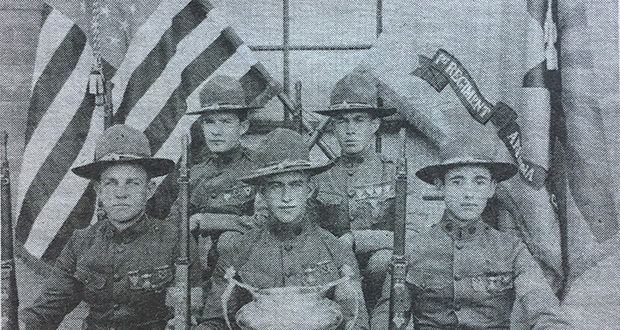Pick your poison: War or flu
Arizona Capitol Reports Staff//January 18, 2008//[read_meter]
The original Armistice Day arrived at 11 a. m. on Nov. 11, 1918. It was a 30-day temporary cessation of the horrors of World War I. Every 30 days, the...
No tags for this post.

















